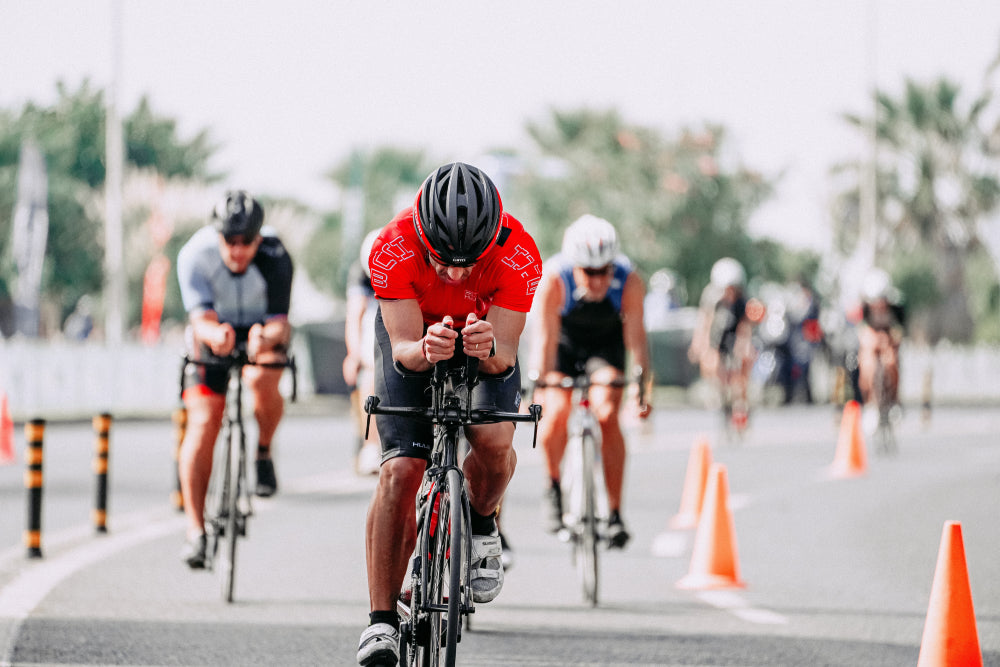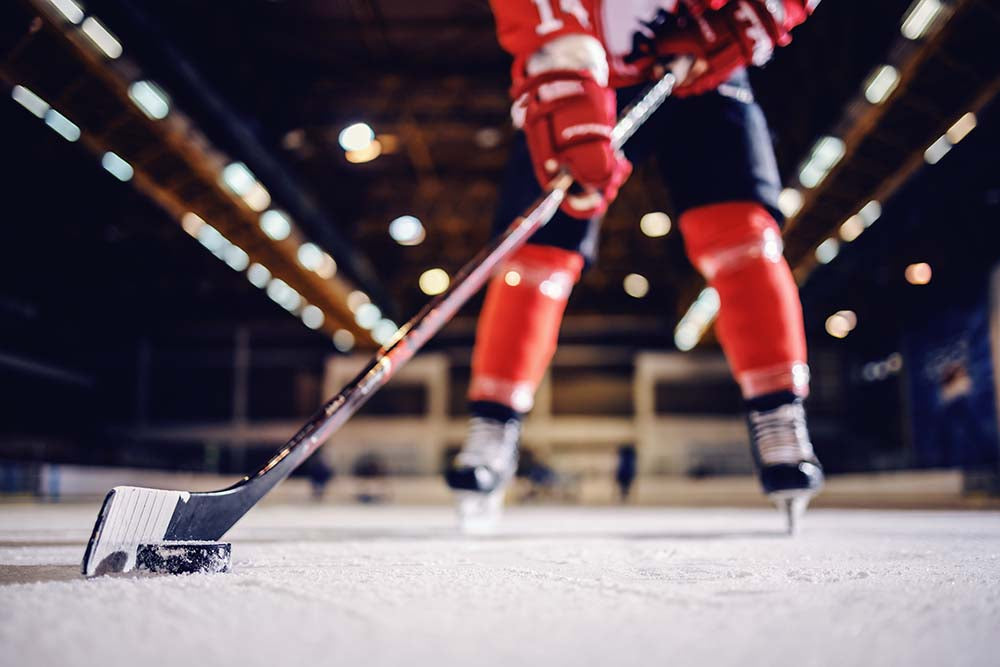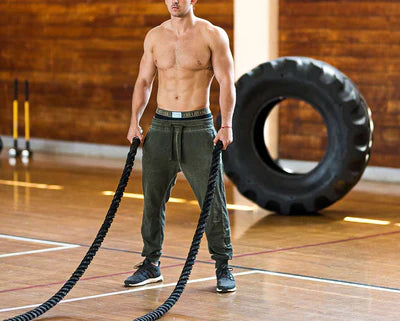How Do You Treat Thigh Chafing?

We’ve all been there. You’re out enjoying yourself, at the weekend or on vacation, walking, cycling through the countryside, hiking, just generally having a great time when you start to feel that all-too-familiar burning sensation on the sensitive skin of your thighs.
It’s annoying, it’s painful, more importantly, it can keep you away from the activities you love best. So what can be done about thigh chafing? Let’s take a look:
What Causes Thigh Chafing?
Chafing mostly occurs because of repetitive motion in areas where skin is touching and becomes slightly damp - usually due to sweating. The subsequent rubbing generates heat through friction that can damage your skin. Your legs moving against certain materials can also cause this pesky problem, especially rough, heavy, water-retaining ones (cotton, we are looking at you!), as well as clothes with poorly placed seams.
When we think of chafing, we tend to associate it with either being overweight or an endurance athlete. These things can certainly increase both the risk and severity of chafing. However, the truth is it is a very common skin condition and can happen to anyone at any time. Certain factors, such as high temperatures, which increase sweating, make it more likely, though.
While obviously not life-threatening, when not dealt with, chafing only gets worse and worse. Continue on with what you’re doing without taking care of the issue right away, and that slight reddening, stinging, and inflammation can all too easily lead on to a nasty rash, blisters, bleeding, or, the worst-case scenario, infection.
How Do You Treat It?
If you can stop the rubbing, more’s the better. Obviously, though, that’s not always possible. Say you’re in the middle of walking or cycling somewhere… you’re unlikely to be able to stop what you’re doing and put your feet up. So the best thing you can do is try to create some kind of protective barrier to avoid further friction.
Quick-drying fabrics constructed without any nasty edges or seams are your best bet for this. However, not everyone totes a spare set of clothes about with them everywhere. The next best thing is to find a cream, balm, jelly, or other lubricating product to coat your skin, helping it to glide and reduce painful rubbing. If you can make it to the store, a dedicated product is obviously best as these tend to have skin-soothing ingredients such as aloe vera.
If you have managed to get your hands on one of these, make sure you thoroughly clean the affected area first. Use a mild, scent-free soap or body wash to reduce the risk of any further irritation, and then gently pat dry. This bit is especially vital because, remember, moisture is a key reason why chafing occurs in the first place. Leaving any water behind is likely to make the situation a whole lot worse.
Apply the product (again, it’s better to opt for a mild, scent-free variety) quite generously to give your skin sufficient protection. Give it a little time to soothe your poor, mistreated skin, and you should be good to go. You might, however, need to reapply at regular intervals depending on how long you keep the activity up, how hard you’re working, and how much you’re sweating.
If you’ve moved beyond the irritation stage and are dealing with painful oozing blisters or even bleeding, then you really should see a doctor. Likewise, if existing symptoms get any worse. At-home chafing solutions and over-the-counter treatments might not be enough to ward off infection at this stage. You’ll likely need something a bit stronger.
Prevention is the Best Cure
While many of the people who encounter chafing most often may consider it an inevitable part of living an active life, it really doesn’t have to be. Resigning yourself to simply going through this on a regular basis means also resigning yourself to the unsightly scars and brown spots that often develop when skin is continuously having to repair itself.
The truth is, chafing is actually highly avoidable with the right tools. The products mentioned above (lubricating chafing creams and balms) are definitely great for helping in the battle to prevent chafing. However, if you’re looking to avoid spending unnecessary money on products and potentially messy constant reapplications, there is a far simpler, not to mention cost-effective answer…
Performance Underwear: The Ultimate Solution
Those in the know pick out clothes that will help not hinder their performance when they’ve got a tough workout ahead of them. Yet, even the keenest of exercise enthusiasts frequently overlook the importance of having the right kind of underwear. Bizarre, given that it’s the layer closest to their skin, not to mention being situated in a primo chafing location.
Regular underwear (cotton, again) tends to hold onto sweat, creating an uncomfortably damp environment in your nether regions that not only feels unpleasant but increases your chances of thigh rub. Plus, poor construction in low-quality undies creates rough seams, makes use of overly complicated designs, and has material that can all too easily ride up your legs, all adding to the discomfort and increasing your chances of chafe.
Turq’s high anti-chafe underwear, on the other hand, is engineered to ensure that chafe-related discomfort doesn’t hold back those that enjoy an active lifestyle. The sports fit of our excellent underwear range keeps everything in its place for reduced rubbing without restricting movement, meaning your workout performance isn’t affected. Plus, the quick-drying, breathable fabric wicks away sweat for cool, pleasant, and odor-free comfort where it counts all day long.



